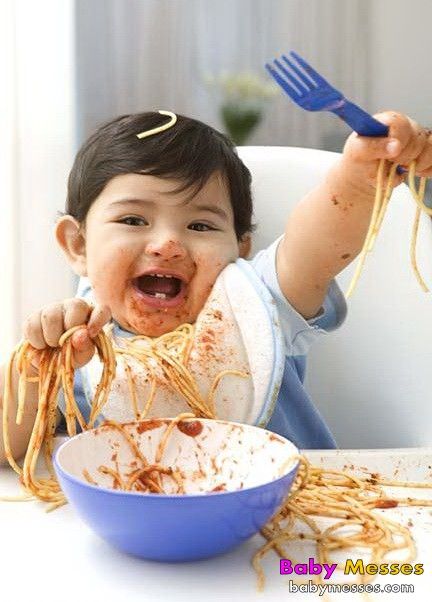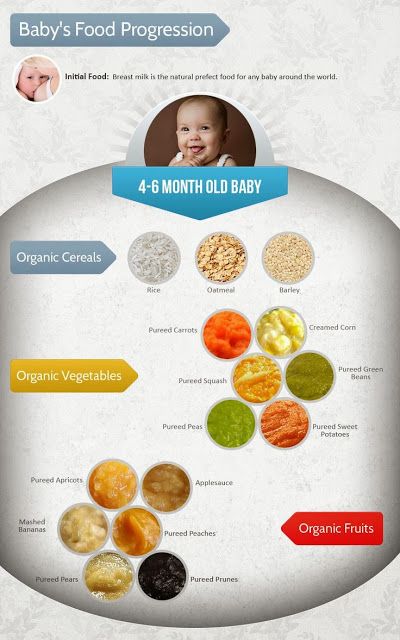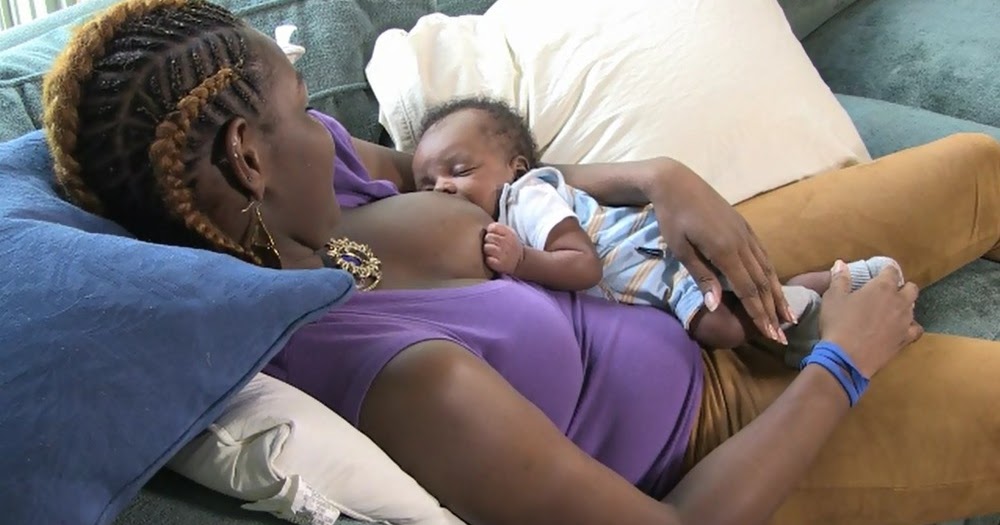Food for 1 year baby in fever
Fever Food Chart for Babies and Toddlers
| | by Dr Hemapriya
Little children can get particularly fussy during fever, but they still need their nutrition. Get help from our Fever Food Chart for Babies and Toddlers.
Fever Food Chart for Babies and Toddlers
6 Months Fever Food Chart
7 Months Fever Food Chart
8 Months Fever Food Chart
9 Months Fever Food Chart
10 Months Fever Food Chart
11 Months Fever Food Chart
Fever Food Chart for Toddlers (Above One Year)
Tips for Feeding Your Child During Fever
Buy Healthy Nutritious Baby, Toddler food made by our own Doctor Mom !
We all get sick, and when we do, the first thing we want is our Moms! It’s the same with our children, and along with our presence, another important thing they need is nutrition. However, that is easier said than done, considering kids don’t have the appetite to eat anything when they’re sick. Some children may also feel nauseous, which makes it even more challenging to hold food down.
That’s why it’s important to choose foods carefully during a fever. The foods we choose should be able to fight the infection by boosting immunity, and it should also provide enough energy to get through this phase. Sufficient fluid intake is also important to prevent dehydration.
Considering all this, breast milk is one of the best foods to feed during a fever. It’s got enough calories and liquid, and it also contains antibodies that help your little one fight the fever. It also offers comfort at a time your baby needs it the most. Along with this, you can add some supplementary solids when your baby is over 6 months.
During a fever, babies can only eat a little, so it’s important to make that little count, in terms of calories and nutrients. Here are food charts for every age, covering all the meals of the day for 5 days. Hopefully by the end of this period, your little one should be up and have an appetite to eat all her favorite foods!
Hopefully by the end of this period, your little one should be up and have an appetite to eat all her favorite foods!
Important Note: Please remember that these food charts are only for guidance and not a substitute for medical advice. Breast milk is the best food for babies, so breast feed whenever your baby wants. The WHO recommends exclusive breastfeeding for babies under 6 months.
6 Months Fever Food Chart
7 Months Fever Food Chart
8 Months Fever Food Chart
9 Months Fever Food Chart
10 Months Fever Food Chart
11 Months Fever Food Chart
Fever Food Chart for Toddlers (Above One Year)
Tips for Feeding Your Child During Fever
- If your baby is too weak and tired to suck, express some breast milk and feed with a spoon
- Choose foods with more calorie content to avoid losing weight
- Keep the focus on protein, with foods like milk, dal and eggs or chicken
- Avoid oily, spicy and high fiber foods since they can be difficult to digest
- Cut down on butter, ghee and fried foods as well as soups with cream
- Offer only small quantities at a time, and offer them at more frequent and regular intervals
- Don’t force the child to eat, and stick to fluids in case of vomiting
- Maintain an upright position when feeding the child; don’t feed when lying down
- For toddlers, offer liquids like ginger tea or ajwain water throughout the day
Basically, just feed your baby whatever she likes, which may include fluids, soft solids and as much breast milk as she wants. Most children recover their appetites once the fever passes, and they often eat more to makeup for what they lost during the fever. This is the body’s natural process, so there’s no need to worry too much. However, if the child is not eating at all, get medical help.
Most children recover their appetites once the fever passes, and they often eat more to makeup for what they lost during the fever. This is the body’s natural process, so there’s no need to worry too much. However, if the child is not eating at all, get medical help.
Buy Healthy Nutritious Baby, Toddler food made by our own Doctor Mom !
Shop now!Diet for Infants & Toddlers With Fever
When your baby or toddler is sick and has a fever, it can be physically taxing for your child as well as you. You can’t see your little one feeling miserable like that. While you can’t wave a magic want to make your child feel like herself again, there’s something you can do (apart from following the doctor’s order) to strengthen your little one’s immune system and to help him recover soon. One of the best ways to build up the strength to fight the infection is by putting your child on a diet that will bolster up the defences of the body. In this article, we will tell you what you can feed your child when he has a fever or when he is sick!
Feeding a Baby During Fever
One of the symptoms that accompanies a fever is the loss of appetite. Your baby is no different and will also refuse to eat in the manner she normally does. Try to get your baby to eat by offering foods that she likes, and ensure they are healthy and nutritious. Your baby might also want to be breastfed or have formula during this time. There is no reason to worry about this as breast milk will provide your baby with all the essential nutrients she needs during her illness. Remember to feed your baby food at regular intervals so her body has the energy to fight the illness, without forcing her to eat more than she wants to.
Your baby is no different and will also refuse to eat in the manner she normally does. Try to get your baby to eat by offering foods that she likes, and ensure they are healthy and nutritious. Your baby might also want to be breastfed or have formula during this time. There is no reason to worry about this as breast milk will provide your baby with all the essential nutrients she needs during her illness. Remember to feed your baby food at regular intervals so her body has the energy to fight the illness, without forcing her to eat more than she wants to.
8 Foods for Babies With Fever (Age: 6-12 months)
Knowing what foods to feed is half the battle won when your baby has a fever. The food should be both well-balanced and energy-rich so it can shore up your baby’s defences in the face of the fever. Here are a few food items you can give your baby during fever.
1.
Dal KhichdiThis basic dish will help your baby regain strength as she fights the illness. It is rich in protein which is easy to digest and also high in energy. Prepare this dish with no spices and salt and do not add any strong flavours in order to make it more palatable to your baby. Keep it simple and serve it warm. Let your baby eat how much she can.
It is rich in protein which is easy to digest and also high in energy. Prepare this dish with no spices and salt and do not add any strong flavours in order to make it more palatable to your baby. Keep it simple and serve it warm. Let your baby eat how much she can.
2. Soup
Giving your baby a bowl of warm soup is a great way to ensure that she gets the nutrition she needs while also keeping it light on her digestive system. It is easy to prepare and is packed with essential vitamins and minerals. Just boil a few chopped vegetables of your choice in some filtered water. You can either feed your baby only the broth or offer some of the boiled vegetables in mashed form.
3.
DaliyaYou can make this dish by cooking the washed daliya (broken wheat), in a pressure cooker with water. Remember to add a quantity of water that will give it the consistency of a porridge. Daliya is a good source of protein that will give your baby an energy boost. Add a pinch of turmeric, an excellent ingredient for boosting immunity.
Add a pinch of turmeric, an excellent ingredient for boosting immunity.
4. Vegetable and Fruit Puree
One of the simplest things you can give your baby when she has a fever is pureed fruits and vegetables. You can choose which fruit or vegetable you want to give your baby according to her preferences. Apples, peas, and carrots in puree form are all good for your baby when she has a fever.
5. Breast Milk or Formula
Sometimes, your baby might want to go back to feeding entirely on breast milk or formula. As breast milk and formula are high in nutrition and also make sure that your baby stays hydrated during the fever, do not hesitate to offer some to her. Breast milk, in particular, contains antibodies that help build your baby’s immunity that help fight infection.
6. Popsicles
This is a unique way to get your baby to eat nutritious food – just ensure you make this yourself at home with ingredients that you know are safe. Juice a few fruits and put them in a popsicle mould. You can also add a few pieces of cut-up fruits into the mould. Freeze it for a few hours and let your baby enjoy this cold treat that is full of vitamins. Note: Please don’t give store-bought popsicles to your baby as they are high in sugar and contain artificial colours, which aren’t good.
Juice a few fruits and put them in a popsicle mould. You can also add a few pieces of cut-up fruits into the mould. Freeze it for a few hours and let your baby enjoy this cold treat that is full of vitamins. Note: Please don’t give store-bought popsicles to your baby as they are high in sugar and contain artificial colours, which aren’t good.
7. Ginger Tea
This simple drink will boost your baby’s immunity. Ginger has been known to have high antioxidant properties. It also helps clear chest congestions. Boil some ginger in a cup of water for a few minutes. Strain it and let it cool till it is warm. Feed the beverage to your child.
8. Ajwain
Carom seeds are truly a superfood when it comes to treating illnesses. Soak some seeds overnight in a cup of water or just boil them in water for a few minutes and give your baby a couple of teaspoons every few hours.
5 Foods for Toddlers With Fever (Age: 1-3 years)
While fighting the fever can leave your toddler without her usual appetite, it is important that your child gets nutritious food packed with vitamins that will keep her hydrated.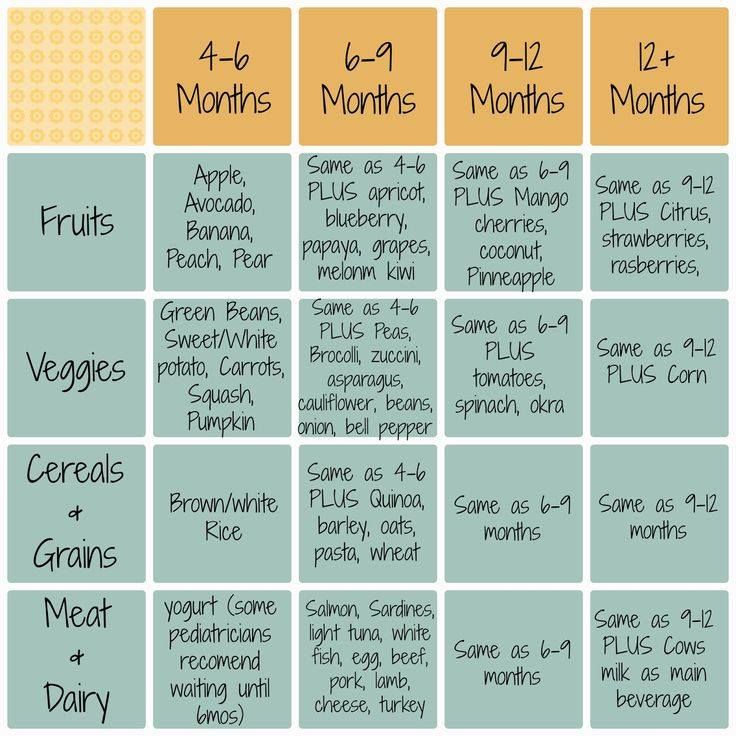 You might be wondering what foods to give a toddler with fever as they can be picky – here are a few things you must feed your child when she has a fever.
You might be wondering what foods to give a toddler with fever as they can be picky – here are a few things you must feed your child when she has a fever.
1. BRAT Diet
This stands for banana, rice, applesauce, and toast. You should be able to make these food items easily at home. Bananas can be offered just as is. For the applesauce, you will need to peel a few apples, slice them and boil in some water until it becomes syrupy. You can add in cinnamon and star anise for added nutrition and flavour. Remember to take the whole spices out of the applesauce before feeding it to your child.
2. CRAM Diet
This stands for cereal, rice, applesauce and milk. Depending on what your child likes, you can choose between the two diets in order to ensure that your child is getting every bit of nutrition she requires to get better.
3. Chicken Soup
Almost everyone will tell you the virtues of chicken soup during sickness. Chicken soup is beneficial for a fever-ridden baby as it is easy on the stomach and rich in proteins and other nutrients. Chicken soup with added vegetables will give your child a balanced meal with ample nutrition.
Chicken soup is beneficial for a fever-ridden baby as it is easy on the stomach and rich in proteins and other nutrients. Chicken soup with added vegetables will give your child a balanced meal with ample nutrition.
4. Baked/Steamed Food
Baking and steaming food will ensure that the nutrition of the food remains intact without the use of oil and butter, two things that can cause a strain on your child’s system. You can bake or steam a variety of food – vegetables like peas, carrots and sweet potatoes are ideal. If your child feels up to it, you can give her baked or steamed fish as well.
5. Turmeric Milk
A lot has been said and written about the health benefits of turmeric. While you can add turmeric to the food that you prepare for your child, it is also recommended that you add a pinch of turmeric in a glass of warm milk and give this drink to your child once a day.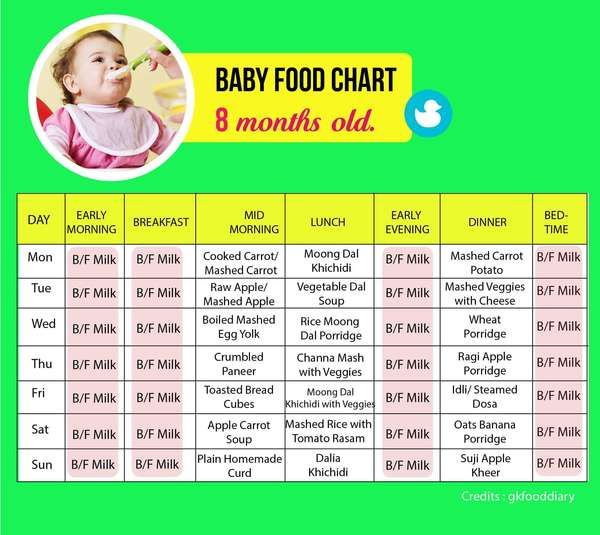 Turmeric has medicinal and anti-inflammatory properties that will boost your child’s immune system.
Turmeric has medicinal and anti-inflammatory properties that will boost your child’s immune system.
Tips for Feeding Your Child During Fever
- Break down the meals into small portions that you can feed your child at frequent and regular intervals.
- You can express breast milk and feed it to your baby with a spoon, especially if your baby is too weak to suckle.
- Exercise patience when feeding your child when she is sick. Offer food on a regular basis and try to give the food she enjoys.
- Keep your child upright when you are feeding her. Do not feed her when she is lying down, as it may cause her to choke.
- Do not force your child to eat.
- Offer fluids if your baby is vomiting.
When to Call a Doctor
If your baby is suffering from other symptoms aside from fever, it’s best to take her to the paediatrician immediately. Some of the symptoms to look out for are:
- Unexplained rashes
- Vomiting
- Diarrhoea
- Unusually sleepy, fussy, or ill
- Seizures
It is important that you give your child food that is nutritious and energy-giving when they are suffering from fever. Be patient and offer food in small quantities over frequent meals. If your child is not eating at all, then you must seek medical help as this lack of appetite could be indicative of something more serious than a fever.
Be patient and offer food in small quantities over frequent meals. If your child is not eating at all, then you must seek medical help as this lack of appetite could be indicative of something more serious than a fever.
Also Read: The Best Home Remedies for Fever in Children
How to feed a child with a temperature?
Published: October 20, 2018
It is believed that with a cold, the body needs strength to fight the infection. Parents worry if a child refuses to eat during an illness. Mothers are worried that the baby will become completely weak if he does not eat. But refusing to eat when you have a temperature and a cold is normal. The liver, which is involved in the process of digestion, actively fights toxins during illness. Blood circulation in the digestive tract slows down: the body sends blood to the heart, lungs and brain to protect them from the effects of high temperature.
When the temperature is high, the child may refuse to eat, but make sure that he drinks a lot, often, maybe a little! It is good to drink clean water, diluted sugar-free juices, fruit drinks and compotes will do. Lack of fluid is very dangerous, it can cause dehydration, fever, poisoning the body with toxins.
Lack of fluid is very dangerous, it can cause dehydration, fever, poisoning the body with toxins.
Contents of the article
Baby temperature: what feeding regimen to choose?
If your baby is sick with SARS, see a doctor as soon as possible! In such small children, all diseases develop very quickly and are often difficult. Until the doctor arrives, a small child with a temperature can continue to breastfeed if he does not refuse it. Mother's milk for the baby is food, drink and medicine at the same time. Attach the baby to the chest, especially if he is naughty. This will help him calm down, quickly cope with the disease. Give the baby a drink of warm boiled water from a spoon or bottle. The correct drinking regimen is especially important for "artists", for them colds are dangerous due to dehydration.
How to feed when the temperature is high?
Under no circumstances should the child be force-fed! Do not persuade the child to eat, but regularly offer different light, beautiful, "interesting" dishes:
- vegetable and fruit purees, mousses,
- kissels,
- cereals,
- soft sweet fruits,
- curds and yoghurts with jam or honey,
- kefir and milk - low fat, no cream,
- dry biscuits.

All food should be at room temperature or warmed up slightly so as not to irritate the throat.
In children, high fever is often accompanied by vomiting. After it, you can not feed the child for 1-2 hours, even if he asks. Give him a warm drink more often - 1 spoonful every 15-20 minutes. If the liquid does not cause a new bout of vomiting, try to feed, for starters - something light and liquid.
Some children have a healthy appetite even with high temperatures. During illness, it is better to reconsider the diet. Give your baby light meals in small portions, every 1-2 hours, so as not to overload the stomach. If he did not eat enough in the main feeding, offer juice, kefir, fruit purees or jelly.
In the first days after recovery, the baby may continue to refuse the usual, habitual food. Do not panic: the child's body needs time to recover from the disease, not only the physical condition, but also the emotional one. Please your child with “delicious”, return to your usual diet gradually:
- Start introducing steamed meat or fish, boiled vegetables into the menu.

- Offer the child the usual size portion, but do not insist that he finish it all.
If your baby refuses to eat after one week of illness, consult your pediatrician. The doctor will help restore the feeding regimen.
What should not be fed with a cold?
When you have a temperature, do not overload your stomach. Exclude fatty dairy products from the child's diet during illness:
- yeast dough, muffin,
- red meat,
- oily fish,
- chocolate,
- new, previously untried dishes and flavor combinations,
- pickled vegetables,
- products containing vinegar.
Avoid strong tasting, spicy, sour and salty foods. They irritate the stomach, can increase the inflammation in the throat.
Modern doctors do not recommend feeding meat broths to children: when cooked, all harmful substances from meat get into them. Offer your baby a light vegetable or milk soup. When the temperature drops, you can feed the baby with tender chicken soup in the second broth.
What will help you recover faster?
During the period of illness, and indeed, monitor the temperature in the baby's room. Dry and too warm air only worsens the condition of the child. Due to elevated temperature and too dry air, the mucous membranes of the nose and throat dry up, the discharge of mucus and sputum worsens, crusts dry out, and infection accumulates.
Nasopharyngeal mucosa is a natural protective barrier against infections. But if they are overdried and damaged, local immunity decreases, the body is not able to properly resist the disease. Without encountering serious resistance, viruses and bacteria actively penetrate the body, destroy healthy cells and multiply rapidly.
Derinat, an innovative drug of complex action for the treatment of colds in children, will help your child cope with the illness faster. It can be used for SARS in infants and flu, even in the smallest! Antiviral drug for babies Derinat helps fight colds in several ways at once:
- restore damaged mucous membranes of the nasopharynx, strengthen them and enhance protective functions,
- normalize the functioning of the immune system, activate the body's own defenses,
- resist viruses, bacteria, fungi.

Derinat helps to protect the child's body from the complications of acute respiratory viral infections and influenza, and to cope with the disease faster. Read more about the drug and its properties on our website.
Take care of the little ones! Take care of their health and don't forget about yours!
Derinat Products
- Drops
- Spray
- Bottle
Useful articles:
How to treat children
Treatment of children with folk remedies
On diseases:
flu
ORS/SARS
Cough
H rusty
Prevention of diseases
How to feed a baby when he has a fever
- Olesya Vladimirovna, how to understand whether the baby's temperature is normal or elevated? What deviations are allowed?
- In a newborn, most of the physiological processes have not yet been debugged, and the organs are immature. Therefore, the body temperature of the baby is prone to fluctuations: it quickly supercools, but also quickly overheats. The temperature is affected by the child's clothes, the weather, the heating in the house, and so on. It is also important to remember that during feeding, crying, playing, any activity, the baby's body temperature is slightly higher than during sleep and rest.
Therefore, the body temperature of the baby is prone to fluctuations: it quickly supercools, but also quickly overheats. The temperature is affected by the child's clothes, the weather, the heating in the house, and so on. It is also important to remember that during feeding, crying, playing, any activity, the baby's body temperature is slightly higher than during sleep and rest.
As a rule, indicators of 36.3-37.2 ° C can be considered normal body temperature of a newborn. A pathological increase is considered to be the transition of the thermometer column beyond the mark of 37.5 ° C.
— What can cause a small child to have a fever?
- There are a large number of reasons - a wide variety of infections, SARS, teething, reaction to vaccination, roseola. That is why it is so important to call a doctor. He will determine the cause of the fever and prescribe not only antipyretic drugs, but also targeted treatment aimed at eliminating the condition that led to the fever.
— Is it necessary to bring down the temperature of a child?
- Moms are afraid of a rise in temperature, but in reality everything is not so simple. Initially, temperature was conceived by nature as an assistant and protector. So, for example, pathological microorganisms that cause a variety of infections stop multiplying at high temperatures and die. So the body "causes a fever" to get rid of bacteria and viruses and stop the development of infectious processes. Also, when the temperature rises above 37 ° C, autogenous protective cells are activated, which recognize and neutralize pathogens.
In general, the temperature helps, but this does not mean at all that it does not need to be brought down. It's important to just do it right.
- In what cases is it necessary to bring down the temperature?
- As a rule, pediatricians advise to bring down the fever if the thermometer has reached 38 degrees and creeps higher. Initially, it would be good to focus on methods of physical cooling: undressing, wiping. If this does not help, you need to connect medications.
Initially, it would be good to focus on methods of physical cooling: undressing, wiping. If this does not help, you need to connect medications.
This simple rule has exceptions - temperature cramps in the history of the child. Such babies bring down the temperature even with a slight increase.
- What feeding regimen should be chosen at a temperature in the baby?
- No strict regimens - feed only on demand and at the request of the baby. And be prepared for the fact that the child's appetite will be reduced.
- Is it necessary to force a child to eat if, due to high temperature, he has no appetite?
- I am often asked this question, and I always suggest remembering your condition during the fever. Do you want to eat? I don't! I think it's the same for all of us. That's what kids don't want. Therefore, it is not worth forcing them, of course.
- What to feed a baby with a high temperature?
- The diet of the child almost does not change. If he is breastfeeding, then he eats his mother's milk. If he is an artificial, then a mixture. Quite often, babies refuse complementary foods during a period of fever - this is not scary, milk or a mixture is enough.
If he is breastfeeding, then he eats his mother's milk. If he is an artificial, then a mixture. Quite often, babies refuse complementary foods during a period of fever - this is not scary, milk or a mixture is enough.
- Is it necessary to give a child plenty of water if he has a high temperature?
“We just discussed that it’s not a good idea to force-feed a child with no appetite. But drinking it is very, very important!
During the temperature, the baby's heat exchange changes, and he begins to lose a large amount of fluid. Plus diarrhea or vomiting with some infections. All of these can quickly lead to dehydration. And this is extremely dangerous!
Drinking plenty of pure water is important not only for the prevention of dehydration. It also helps to remove toxins from the baby's body.
— What should I do if my child vomits and completely refuses to eat?
- In such a situation, you can not act by force. This can only worsen the condition and well-being of the baby and provoke another attack of vomiting. But it is necessary to solder the child in order to prevent dehydration - a very dangerous condition for life and health. However, the liquid can also provoke vomiting if you give the child to drink actively - from a bottle or drinker. Therefore, soldering is carried out in minimal portions, but constantly, that is, a teaspoon every 2-3 minutes. If the temperature is high, accompanied by vomiting or diarrhea, and soldering does not work, intravenous fluid infusion is necessary.
This can only worsen the condition and well-being of the baby and provoke another attack of vomiting. But it is necessary to solder the child in order to prevent dehydration - a very dangerous condition for life and health. However, the liquid can also provoke vomiting if you give the child to drink actively - from a bottle or drinker. Therefore, soldering is carried out in minimal portions, but constantly, that is, a teaspoon every 2-3 minutes. If the temperature is high, accompanied by vomiting or diarrhea, and soldering does not work, intravenous fluid infusion is necessary.
The situation with an increase in temperature is ambiguous, so we recommend that you always call a pediatrician for a consultation. The doctor will examine the child, make a diagnosis and prescribe treatment, including antipyretics. The task of the mother during the rise in temperature is to calm the baby and prevent dehydration. And do not force him to eat, but simply offer breast milk and formula more often, in small portions.




